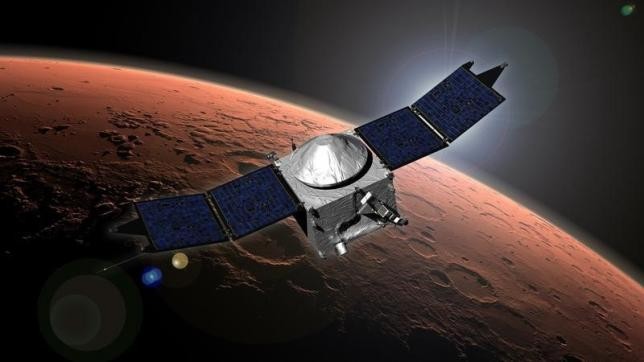NASA and America Makes are holding a $2.25 million engineering competition to design and construct a 3D printer-produced habitat. The environment will be for deep space exploration, such as a Mars habitat.
America Makes is a partnership with public and private organizations. It focuses on creating and improving Additive Construction Technology (ACT).
The 3D Printed Habitat Challenge will be multi-phase and is part of the NASA Centennial Challenges program. The objective of the program is to improve the ACT required for finding solutions for sustainable housing on Earth and in outer space, according to a NASA press release.
NASA announced on May 16 that the competition's first phase will run through September. The design competition requires contest participants to develop state-of-the-art architectural designs that exploit the unique abilities of 3D printing, according to the press release.
NASA will judge the top competition submissions. A $50,000 prize purse will be awarded at the 2015 World Maker Faire, in New York City.
Sam Ortega, program manager of Centennial Challenges, explained that 3D printing has great potential, and is critical for deep space exploration. NASA's challenge will raise the bar in terms of its potential for engineering and design.
The NASA competition's second phase will have two levels. Level 1 will focus on the "fabrication technologies" required to build structure components from local and recyclable materials. Level 2 requires the NASA contest contestants to build full-scale habitats using recyclable and local materials. The prize purse for each level is $1.1 million.
NASA explained that while shelter is a basic human need, using a spacecraft to haul habitat-building materials and equipment to a faraway planet would use valuable cargo space. Using local and recyclable materials from the spaceship would be "invaluable."
The competition's winning ideas and products will help NASA to send manufacturing machines to distant places to construct habitats, such as a Mars colony.
Janet Anderson, a NASA spokesperson, explained to Tech News World that the agency is encouraging the NASA competition contestants to "think outside the box." For example, contestants might use a chemical reaction to make a watery material solid, or develop a method to fuse materials via heat.



























